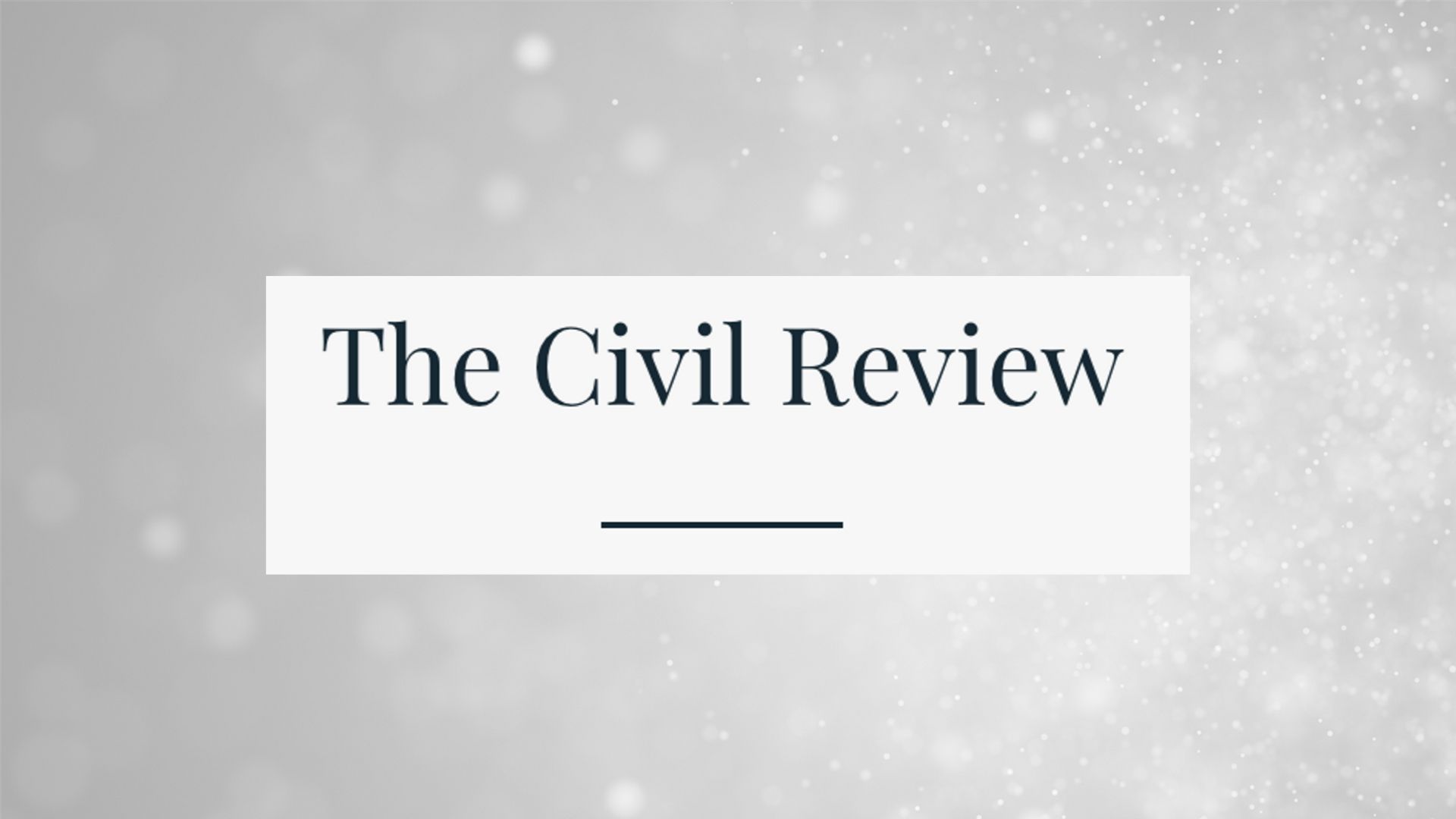“We Listened!” Isn’t Enough Anymore. You Need to Prove It.
By Polco on July 28, 2025

In 2025, public trust doesn’t come from saying you heard people, it comes from showing what you did about it.
TL;DR
- “We listened” has become the default government sign-off, and it’s losing power.
- Residents want more than acknowledgement. They want proof of impact.
- Closing the loop is now a required step in any credible engagement process.
- Proving you acted on input builds lasting trust and protects your decisions.
The Listening Trap
Public engagement used to be a differentiator. Now, it’s expected. That’s progress, but it also means that just showing up isn’t enough. If your engagement efforts end with a slide that says “Thank you for your feedback,” you’re missing the step that matters most: demonstrating what changed.
- “We listened” without action reads as performance.
- “We listened” without clarity invites suspicion.
- “We listened” without accountability erodes trust.
Why This Matters More Now
Today’s residents are more informed, more connected, and more skeptical.
They’ve seen too many surveys with no follow-up. Too many workshops with no next steps. Too many initiatives with “stakeholder engagement” that feels like box-checking. And when people don’t see how their input mattered, they disengage. Or worse, they assume decisions were made before they ever showed up.
How to Prove You Really Listened
Here’s what leading agencies and organizations are doing to connect public input to meaningful action:
1. Draw a Straight Line From Input to Action
Don’t make residents guess how their feedback factored into your decisions. Spell it out.
Say: “Because of your input, we prioritized sidewalk repairs over new signage.” Or: “You told us affordable housing is a top concern, so we’re updating our zoning to allow for duplexes and ADUs.”
This isn’t just about communication, it’s about validation. People want to know their voices counted for something specific. When you trace a clear line between what people said and what you did, you signal that engagement isn’t performative. It’s part of how you lead.
2. Publish Side-by-Side Comparisons
One of the simplest but most effective tools: show “What We Heard” vs. “What We’re Doing.”
This side-by-side format gives clarity at a glance. It also helps residents understand trade-offs. Maybe a proposal couldn’t move forward because of budget constraints or legal limits. When you explain why a decision was made, even if it’s not the one people hoped for, you build trust through transparency. Include language like:
- “You asked for X; we’re moving forward with Y because of [budget, feasibility, legal context].”
- “We heard a split in opinion. Here’s how we navigated it.”
3. Celebrate the Influence, Not Just the Outcome
Sometimes public input doesn’t change the final decision but it still has an impact. Maybe it sparked a new question, highlighted a blind spot, or changed the tone of a debate. Acknowledge that. Say:
- “Your feedback helped us pause and reconsider our approach.”
- “While the original plan moved forward, your comments shifted how we roll it out.”
This reinforces the idea that engagement is part of an ongoing conversation, not just a vote count.
4. Make It Visual and Shareable
Let’s be honest, few residents are going to read a 40-page report. But they will scroll through a carousel on Instagram. Or watch a 60-second recap video. Or click a dashboard snippet in your newsletter. Try:
- Before-and-after photos for infrastructure changes
- Infographics that explain budget shifts
- Short videos that walk through survey results and next steps
Make engagement outcomes as visible as the process itself.
5. Repeat the Loop Every Time
Trust isn’t built in one cycle. It grows when communities see that you keep showing up and keep following through. Every engagement should end with three messages:
- “Here’s what you told us.”
- “Here’s what we did with it.”
- “Here’s what’s next.”
And then… do it again. Over time, this cadence becomes a cultural shift, from reactive outreach to ongoing civic dialogue.
The Payoff: More Trust, Less Pushback
When residents feel heard and see results, they become collaborators, not critics. You reduce resistance, increase alignment, and turn engagement into a true two-way relationship.
This isn’t just about optics, it’s about operating in good faith.
Where Polco Comes In
At Polco, we help public leaders:
- Capture high-quality resident input with rigor and reach
- Track sentiment trends over time, so changes aren’t forgotten
- Generate public updates that connect engagement to impact
- Visualize what changed and why, using dashboards and shareable content
- Build a reputation for transparency, not just talk
In a world where “we listened” is cheap, proving it is your competitive advantage.
Lets chat about Community Engagement >>
Explore Polco's Resident Engagement Platform >>
Related Articles
Popular posts
Sign-up for Updates
You May Also Like
These Related Stories

The Civil Review Re-Envisioned: Where Research Meets Action for Leaders

From Input to Impact: How Polco Powers Real Resident Participation

